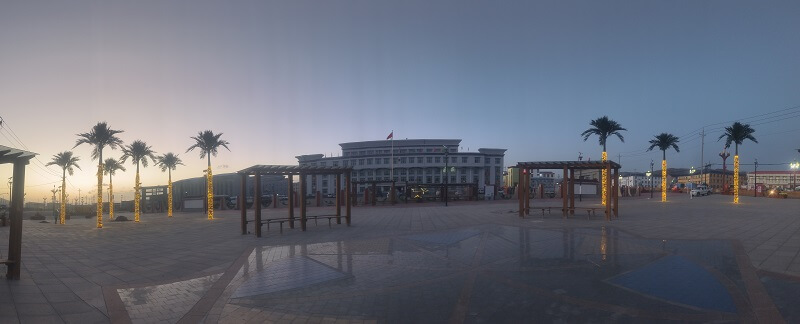Title: Environmental Standards in the Production of FRP Products
Fiber Reinforced Plastic (FRP) or Glass Reinforced Plastic (GRP) is known for its excellent performance in various fields such as construction, aerospace, transportation, and sports. However, the production process of FRP products also has a significant environmental impact. Therefore, it is essential to establish environmental standards in the production process of FRP products to reduce the environmental impact.
FRP products are made by combining a matrix material, such as resin, with reinforcing fibers, such as glass fibers or carbon fibers. The production process can be divided into six stages: raw material preparation, material mixing, moulding, curing, demoulding, and finishing.
In the raw material preparation stage, it is important to ensure that the materials used are environmentally friendly by choosing low-emission resins and biodegradable fibers. In addition, the proper handling and storage of raw materials are necessary to prevent chemical spills or contamination of natural resources. The material mixing stage should also be done with minimal waste, e.g., by using accurate metering devices and automation, to minimize the loss of materials and to prevent hazardous compounds from escaping.
The moulding stage is where the FRP product takes shape. This is done by using a mould made of metal, plastic, or some other material. The moulding process requires a controlled environment to reduce emissions, and a heating source (e.g., steam) to cure the resin. In this stage, it is necessary to comply with environmental standards in terms of energy consumption, emissions, and odor control.
The curing stage involves the chemical reaction between the resin and the reinforcing fibers. It is crucial to ensure that the curing process is done under controlled conditions to prevent the release of hazardous compounds into the environment. This can be achieved by maintaining a suitable temperature and humidity level in the curing area and by using ventilation or exhaust systems to control air quality and emissions.
The demoulding stage is where the FRP product is removed from the mould. This stage requires careful handling to ensure that the product is not damaged during the process. It is also important to dispose of the mould materials properly to prevent environmental pollution.
The finishing stage involves sanding, trimming, and painting the FRP product. In this stage, it is essential to use non-toxic paints and coatings to avoid environmental pollution. The sanding and trimming of FRP products can produce dust, which should be collected and properly disposed of to minimize its impact on the environment.
In conclusion, the production of FRP products has a significant impact on the environment. Therefore, it is essential to establish environmental standards in the production process of FRP products. These standards include using environmentally friendly raw materials, minimizing waste during the mixing stage, creating a controlled environment during moulding and curing, careful handling during demoulding, and using non-toxic paints and coatings during the finishing stage. By following these standards, the impact of the production process on the environment can be minimized.


 客服1
客服1  客服2
客服2 